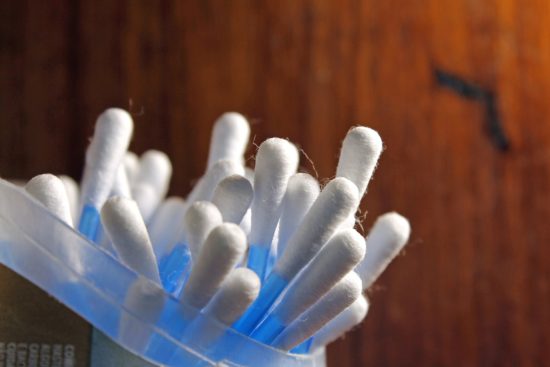Two tests do well in detecting colistin-resistant Enterobacteriaceae
Two commercial tests performed well in screening for colistin-resistant Enterobacteriaceae on rectal swabs, according to a study yesterday in Antimicrobial Agents and Chemotherapy.
Investigators from Paris-Sud University evaluated the performance of Superpolymyxin medium (made by ELITechGroup) and the Chromid Colistin R plates (made by bioMerieux) to screen for colistin-resistant Enterobacteriaceae from contaminated rectal swabs. Stools were tainted with a total of 94 enterobacterial isolates (Escherichia coli, Klebsiella pneumoniae, Salmonella enterica, and Enterobacter cloacae), including 53 colistin-resistant isolates.
Colistin is a “last resort” antibiotic used for some multidrug-resistant infections.
The sensitivity of detecting colistin-resistant Enterobacteriaceae was 86.8% (95% confidence interval [CI], 74.0% to 94.0%) using both tests, but the isolates that were not detected differed between the two media. Specificity was 97.9% (95% CI, 87.3% to 99.9%) for Superpolymyxin and 100% (95% CI, 90.4% to 100% for Chromid.
The researchers conclude that both tests “provide a useful tool to screen for colistin-resistant Enterobacteriaceae from patient samples (rectal swabs) regardless of the level and mechanism of colistin resistance.”
Source: CIDRAP
Healthy Patients
